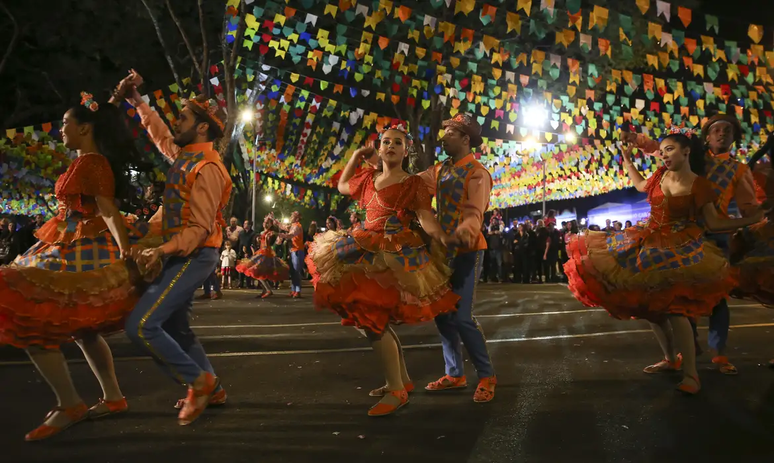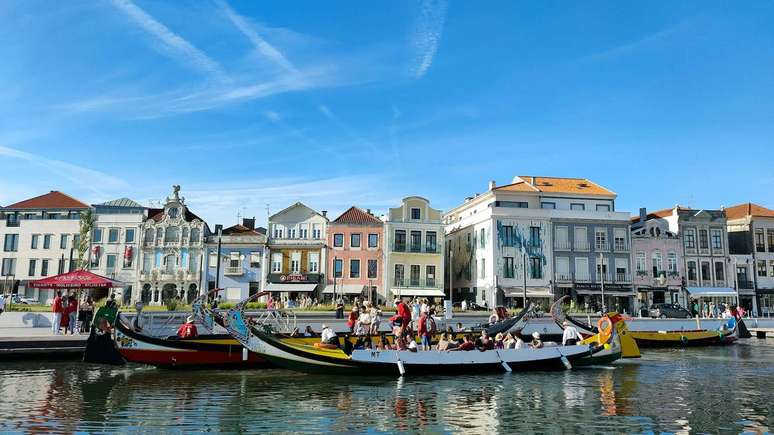Ballet was brought by Europeans in the 19th century
Traditional dance of the June holidays, the square dance has been recognized, this Monday (24th), St. John’s Day, as a manifestation of national culture. An essential part of one of Brazil’s most important popular festivals, the ballet brought by Europeans in the 19th century arrives in courts across the country this June, in honor of Saints Antonio, Pedro and João.
Law 14,900, published in the Official Journal of the Union, added the band to the text of a law enacted in 2023, which already recognized the June holidays. In addition to traditional dishes, bonfires and typical dance shows make up the festivities, responsible for boosting tourism and boosting the economy at this time of year.
According to the Ministry of Tourism, the popular festivals will mobilize more than 21.6 million people, of which a large part will head towards the Northeast, where the tradition acquires significant dimensions, as in the municipality of Caruaru, in Pernambuco. More than 4 million people are expected there in 72 days of resistance. The expectation is that the June season will impact the local economy by R$700 million.
In Campina Grande, Paraíba, 3 million people are expected for 33 days of celebration, where the largest gang competition in the country takes place. Ceará and Bahia then appear as the northeastern states with the most populous celebrations, with an expected audience of 2 million and 1.5 million respectively.
In the South-East, Minas Gerais expects a 20% increase in participants in popular celebrations in several municipalities, reaching an audience of 3 million people in two months. In Sao Paulo, the drag-pé is expected to attract 500 thousand participants, in 300 municipalities, informs the Ministry of Tourism.
In the Northern Region, the capital of Roraima, Boa Vista, promises to mobilize 370 thousand people and generate R$20 million. In Palmas, in the Tocantins, 60 thousand people are expected to celebrate the saints, in the five days of celebration of the traditional Arraiá da Capital.
Transformation
It originates from the balls held in the palaces of France, where the nobles danced in four couples organized in a rectangular shape – hence the name quadrille, in French – the dance was introduced to Brazil in the 19th century. Over the years, and the popularization of the dance, he added Brazilian cultural elements linked to rural traditions, such as the clothing used by country people.
In some regions of Brazil, such as in Maranhão, the dance also acquires the strength of folklore, with the absorption of elements of Bumba Meu Boi.
Source: Terra
Ben Stock is a lifestyle journalist and author at Gossipify. He writes about topics such as health, wellness, travel, food and home decor. He provides practical advice and inspiration to improve well-being, keeps readers up to date with latest lifestyle news and trends, known for his engaging writing style, in-depth analysis and unique perspectives.








